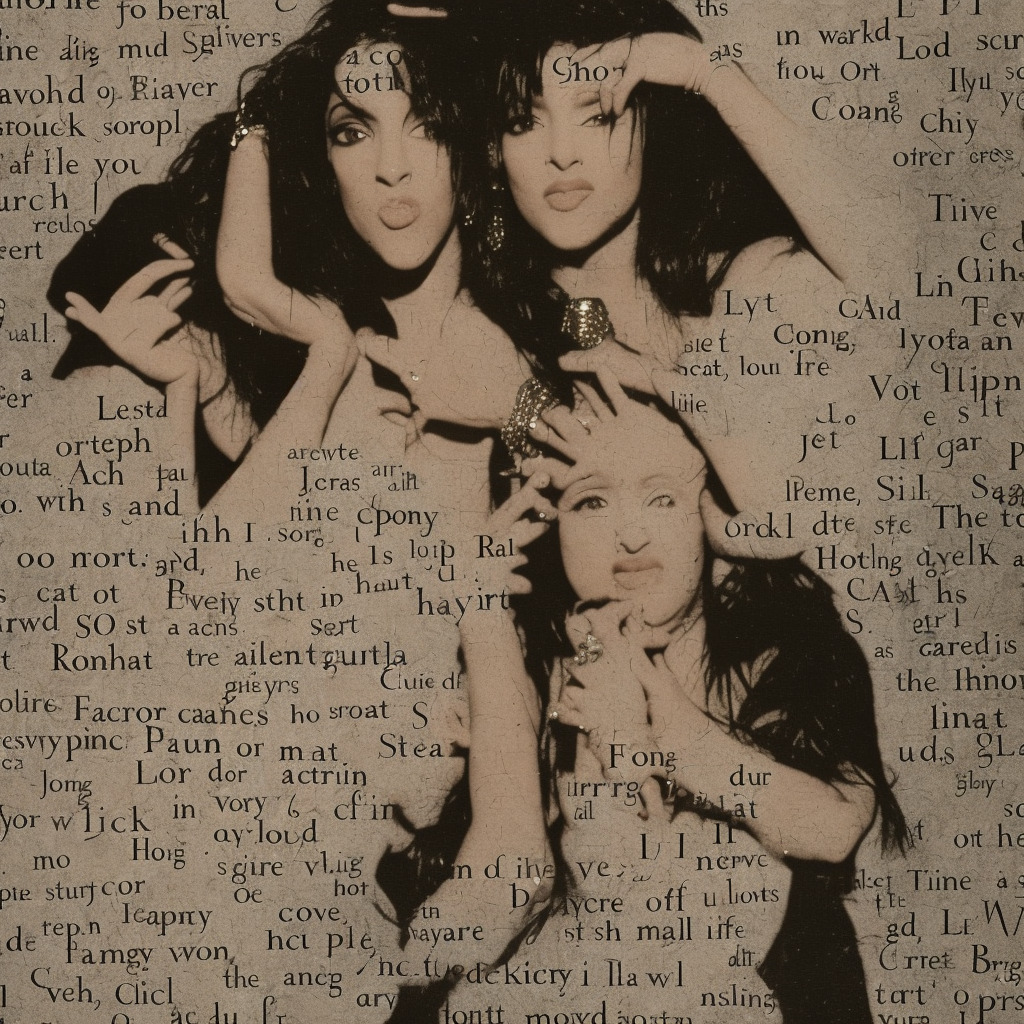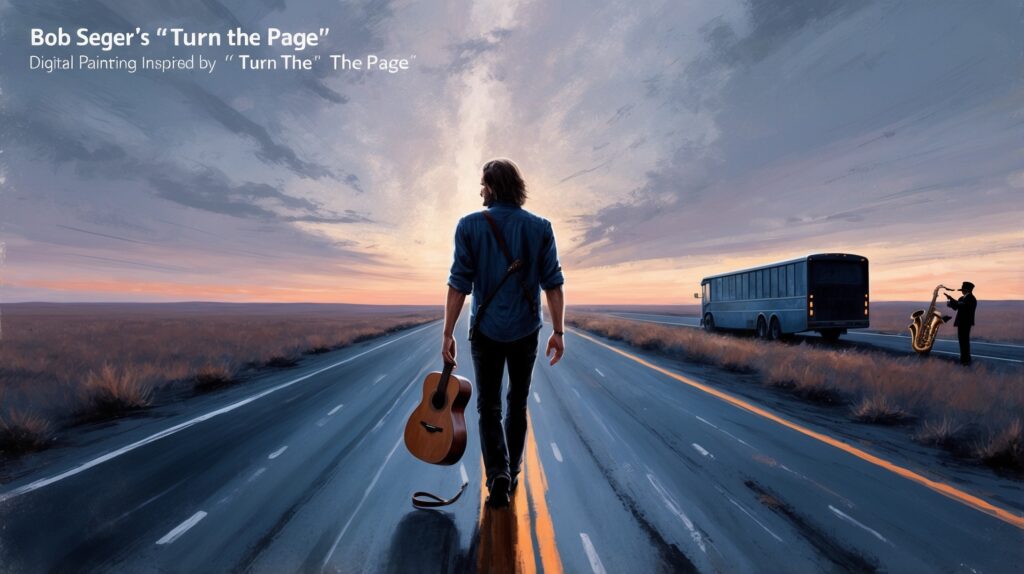TLC: Transforming the Landscape of R&B
TLC, the dynamic trio of T-Boz, Left Eye, and Chilli, transformed the landscape of R&B with their groundbreaking track “Creep.” This iconic song marked a significant moment in their career, reflecting both their creative evolution and their ability to address complex themes with finesse.
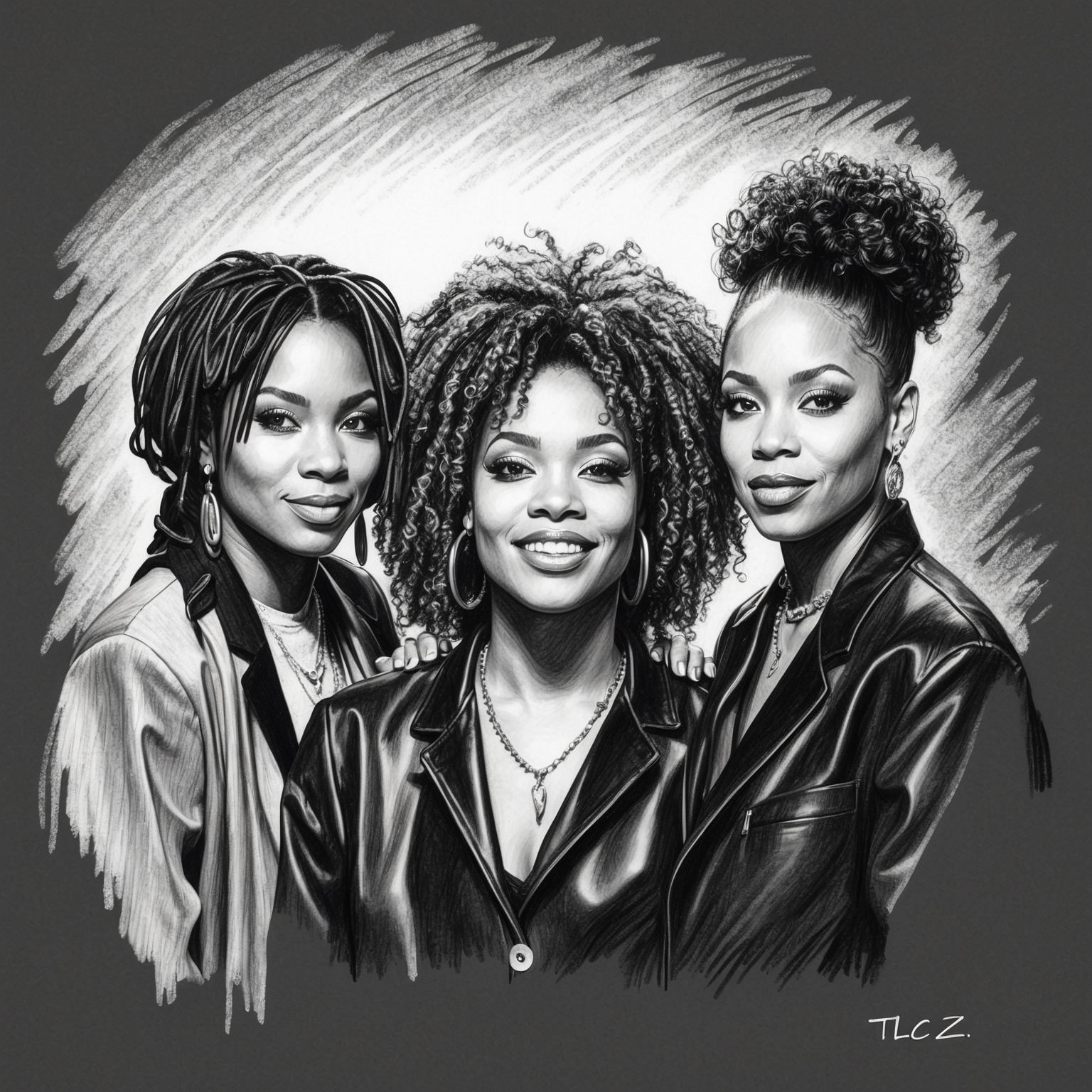
Formed in the early 1990s, TLC quickly rose to prominence as a powerhouse girl group, leaving an indelible mark on the music industry. Consisting of Tionne “T-Boz” Watkins, Lisa “Left Eye” Lopes, and Rozonda “Chilli” Thomas, TLC became synonymous with the fusion of pop, soul, and hip-hop influences that defined an era. The release of their groundbreaking track “Creep” in 1994 marked a pivotal moment in their career, showcasing their ability to tackle serious themes of infidelity and self-awareness with both style and substance.
The journey began with their debut album, “Ooooooohhh… On the TLC Tip,” which laid the foundation for the larger impact they would later make. Each member brought a unique flair to the group: T-Boz’s distinctive raspy vocals, Left Eye’s edgy, unpredictable rap verses, and Chilli’s smooth and sultry melodies blended into an irresistible chemistry. “Creep” was a testament to their growth and maturity as artists, heralding their shift towards more personal and introspective storytelling.
The early ’90s music scene was fertile ground for creativity and empowerment, and TLC was at its forefront, pushing boundaries and challenging norms. Collaborating with some of the industry’s most innovative producers, they sculpted a sound that resonated globally. Their bold fashion choices and socially conscious lyrics set them apart, establishing them as icons whose influence transcended music. “Creep” was more than just a hit; it was a cultural statement that resonated with listeners grappling with similar personal dilemmas. This song, coupled with the entire “CrazySexyCool” album, catapulted TLC into the stratosphere of musical legends.
Dallas Austin: The Visionary Behind TLC’s ‘Creep’
Dallas Austin, a key figure in shaping 90s R&B, composed TLC’s hit ‘Creep.’ His innovative style, influenced by Atlanta’s rich musical culture, is evident in the track’s compelling blend of genres.
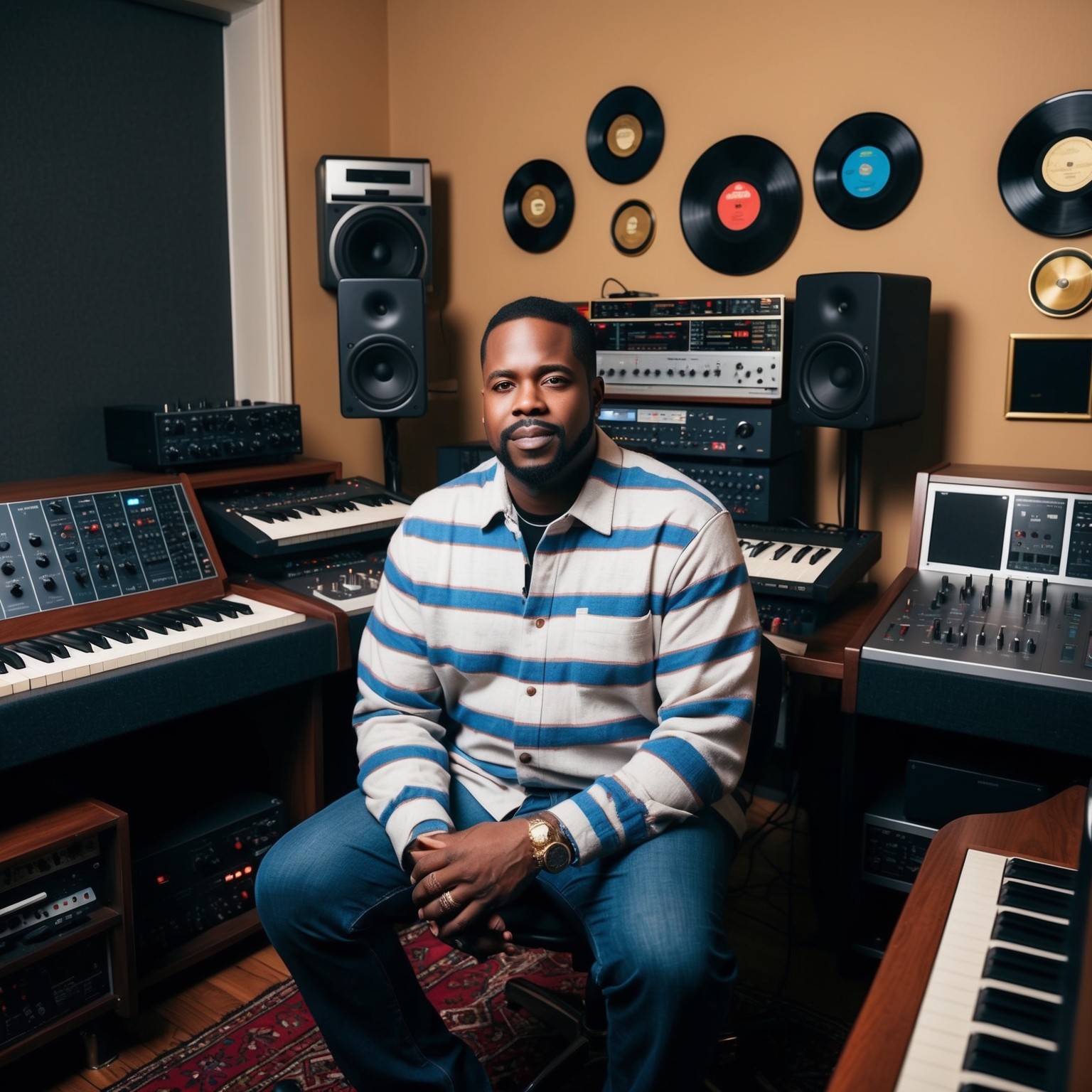
Background and Career: Dallas Austin, the composer of TLC’s hit song ‘Creep,’ is a renowned producer and songwriter with a profound influence on 90s R&B and hip-hop. Born in Columbus, Georgia in 1970, Austin began his musical journey at a young age, experimenting with different instruments. His big break came when he moved to Atlanta, a city that played a crucial role in shaping his career and style. Over time, he became a fixture in the Atlanta music scene, working with prominent artists across various genres and establishing his signature sound.
Musical Style and Influences: Austin is known for his innovative approach and seamless blending of genres. His music often features a fusion of R&B, hip-hop, and pop, marked by catchy melodies and strong rhythmic elements. Influenced by the vibrant Atlanta music scene, as well as iconic figures in funk and soul, Austin’s work reflects a deep understanding of both contemporary and classic music forms. This eclectic mix is apparent in his work with TLC, including ‘Creep,’ where he crafts a sound that is both fresh and familiar.
Role in the Song’s Creation: In ‘Creep,’ Dallas Austin’s role was pivotal. As the song’s sole composer, he crafted a track that perfectly matched TLC’s edgy, confident persona. His use of smooth horn loops and a steady groove created the perfect backdrop for the song’s themes of independence and empowerment. Austin’s knack for memorable hooks and innovative production was crucial in making ‘Creep’ stand out as a timeless classic in TLC’s discography.
Creep’s Impact Beyond TLC: Awards, Covers, and More
The Grammy-winning ‘Creep’ by TLC has left an indelible mark on popular culture with numerous awards, notable covers, and features in both television and video games, showcasing its enduring appeal.

Creep, released by TLC in 1994, is more than just a platinum record; it stands as a testament to the trio’s influence in the music industry. The song bagged several awards and nominations, affirming its cultural significance. At the 1996 Grammy Awards, Creep won the Grammy for Best R&B Performance by a Duo or Group with Vocals, further solidifying TLC’s legacy in the musical realm. Such accolades highlight the song’s enduring appeal and the unique voice and perspective TLC brought to the 90s R&B scene, encapsulating themes of trust and infidelity in a way that resonated with many listeners.
Apart from its award-winning stature, Creep has seen its share of notable covers. Artists from various genres have explored its melodies, lending their voices and interpretations of this iconic track. Indie pop band Tegan and Sara covered the song in live performances, bringing an alternate indie twist to its classic R&B sound. Glee, the popular musical comedy-drama television series, also featured the song in one of its episodes, introducing it to a new generation of fans through a vibrant cover, filled with the show’s characteristic energy.
The song’s appeal has not only stayed restricted to music charts or live covers but has extended its reach into visual media as well. Creep was featured in the video game Grand Theft Auto IV, which integrates it within the game’s eclectic soundtrack, allowing players to experience its smooth yet poignant rhythm amidst the chaos of the urban game landscape. This inclusion in a major video game underscores the song’s timeless nature, appealing to fans old and new across varying platforms.
Trailblazing Chart Success: TLC’s ‘Creep’ Redefines the ’90s Soundscape
Creep’ by TLC conquered the charts, peaking at number one on the Billboard Hot 100 for four weeks, signifying a significant milestone in the group’s career. With strategic marketing and sweeping public acclaim, the song underscored TLC’s talent and reinforced their status as ’90s icons.
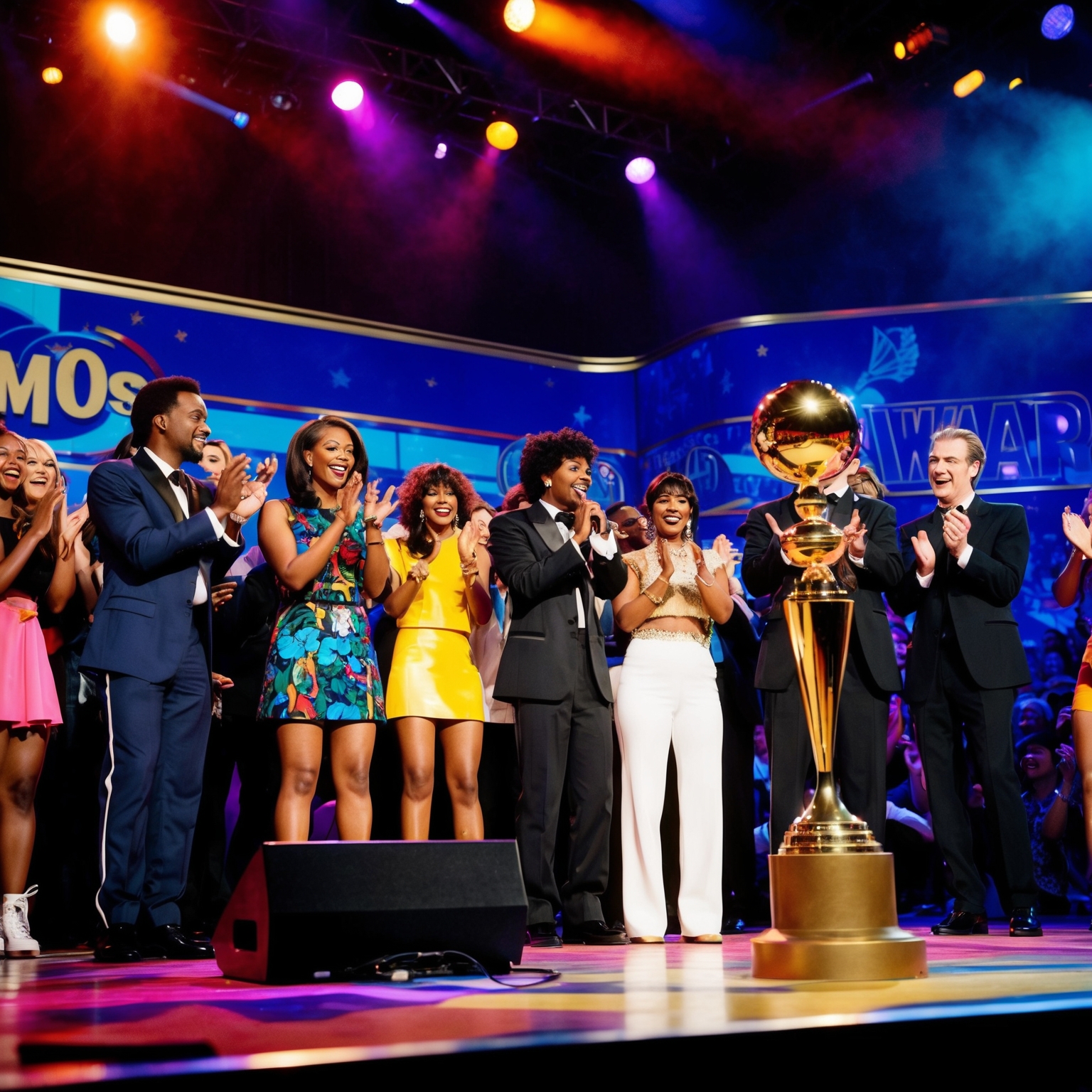
Released on October 31, 1994, ‘Creep’ quickly established itself as a beacon of success for TLC, marking a pivotal moment in the trio’s illustrious journey. The song debuted strongly on the charts, paving its way to commercial acclaim as it soared to impressive heights in a matter of weeks. Notably, ‘Creep’ achieved its peak position at number one on the Billboard Hot 100, where it reigned for four consecutive weeks in early 1995. This achievement underscored TLC’s prominence in the music industry and demonstrated the group’s ability to resonate with a wide audience. This breakthrough hit effectively catapulted the group from the realm of R&B talents to mainstream superstars.
Equally noteworthy was ‘Creep’s competition with other chart-toppers of the time. It held its ground against formidable contenders such as Madonna and Boyz II Men, further solidifying its place in ’90s music lore. As a follow-up to previous blockbusters like ‘Ain’t 2 Proud 2 Beg’ and ‘What About Your Friends,’ ‘Creep’ not only met but exceeded expectations, showcasing TLC’s continued growth and adaptability. The song’s chart ascent and prolonged success bolstered the trio’s trajectory, establishing a template for their future endeavors and experiments in music production.
Behind its chart success was an intricately designed marketing strategy orchestrated by LaFace Records. The groundbreaking music video, an eclectic mix of crisp choreography and colorful silk pajamas, became a signature image that resonated with fans and the public alike. Additionally, TLC’s captivating performances on renowned platforms and strategic radio promotions aided in ensuring the track’s prominence. Critical reception was largely favorable, with ‘Creep’ winning a Grammy Award for Best R&B Performance by a Duo or Group with Vocals in 1996, further highlighting its industry impact.
Visual Storytelling Through TLC’s Iconic ‘Creep’ Music Video
The music video for TLC’s ‘Creep’ is a vibrant and stylish companion to the song, featuring dynamic visuals and choreography that were pivotal in enhancing the track’s popularity and maintaining its cultural relevance.

A Dynamic Visual Companion
TLC’s ‘Creep’ comes with a music video that is as iconic as the song itself. Released in 1994, the music video expertly mirrors the track’s themes of love, infidelity, and empowerment with its vibrant and stylish visual composition. Directed by Matthew Rolston, known for his work on eye-catching and memorable videos, ‘Creep’ features the members of TLC—Tionne ‘T-Boz’ Watkins, Rozonda ‘Chilli’ Thomas, and Lisa ‘Left Eye’ Lopes—fully embracing their unique personas. The video’s arresting visuals showcase the trio wearing silk pajamas, symbolizing intimate confessions in a bedroom setting, further emphasized by intriguing choreography and evocative lighting.
Impact on Popularity
The music video played a pivotal role in catapulting ‘Creep’ to the forefront of 90s R&B culture. It not only enhanced the song’s appeal with its stylish representation but also underscored TLC’s status as trendsetters. The video was in constant rotation on television networks like MTV, which significantly contributed to the track’s commercial success. The carefully curated aesthetic, combined with the group’s compelling performance, ensured that ‘Creep’ remained in public consciousness long after its release.
Critical Reception and Influence
Upon its release, the ‘Creep’ music video was met with widespread acclaim for its creativity and choreography. Critics praised its polished production and the effective way it complemented the song’s lyrical content. The pajamas worn by the group became a fashion statement, influencing viewers and fans. Furthermore, the video’s simple yet impactful approach to storytelling has been cited as an inspiration for many future music videos, solidifying it as a seminal work in the music industry.
Unpacking the Intricate Architecture of ‘Creep’
Explore the intricate song structure of TLC’s ‘Creep,’ from its melodic and harmonic composition to its production nuances that define this R&B classic.

The song ‘Creep’ by TLC is an exemplary piece of 1990s R&B music that demonstrates a masterful fusion of rhythmic drive and melodic expression. Written in the key of F minor, the song’s chord structure is both straightforward yet effective, employing a cycle of minor and major chords that establish a rich harmonic foundation. The tempo of ‘Creep’ sits comfortably at around 96 beats per minute, allowing the groove to settle into its sensual and laid-back ambiance, which was a hallmark of the era.
Analyzing the melody, one finds a compelling interplay between the lead vocals and the multilayered harmonies provided by the other members of TLC. This melodic interplay is heavily influenced by traditional R&B and soul, yet it’s wrapped in a contemporary sound that makes the track feel timeless. The use of syncopation and rhythm in the vocal delivery contributes to the song’s dynamic feel, offering a blend of smoothness and assertiveness that characterizes much of TLC’s music.
Instrumentation on ‘Creep’ highlights a seamless blend of synthesized sounds with live instruments. The drums and bass provide a steady, head-bobbing pulse, while the smooth brass and sultry keyboard lines add depth and texture to the soundscape. The production was handled by Dallas Austin, a key figure in TLC’s musical evolution, who utilized his signature production techniques to sculpt the track’s polished sound. Compared to previous TLC songs, ‘Creep’ signifies a more refined direction in their discography, showcasing a harmonious blend of lyrical maturity and sonic innovation.
Exploring the Layers and Intricacies of ‘Creep’ by TLC
TLC’s “Creep” is a rich tapestry of emotional depth, exploring themes of infidelity and internal conflict through personal storytelling and relatable experiences.
And I’m back (creep)
Oh I, oh I, oh I, baby (creep)
Oh I, oh I, oh I, yeah (creep)
Oh I, oh I, oh I, baby (creep)
Oh I, oh I, oh I, yeah (creep)
The 22nd of loneliness and we’ve
Been through so many things
I love my man with all honesty
But I know he’s cheatin’ on me
I look him in his eyes
But all he tells me is lies to keep me near
I’ll never leave him down
Though I might mess around
It’s only ’cause I need some affection, oh
So I creep, yeah
I just keep it on the down low
Said nobody is supposed to know
So I creep, yeah
‘Cause he doesn’t know what I do
And no attention goes to show
Oh, so I creep
…
******* This Lyrics is NOT for Commercial use *******
 Lyrical Themes and Messages: At its core, TLC’s song “Creep” delves into themes of infidelity and emotional conflict. The lyrics speak to a personal and intimate subject—the complexities of maintaining honesty and loyalty in a relationship where trust has already been breached. This theme resonates across generations, as the struggle to navigate faithfulness while seeking personal fulfillment is a timeless issue. The song’s narrative highlights how specific cultural contexts of the ’90s, an era when the song was released, might have perceived such relationships, where the freedom of personal agency often clashed with societal expectations.
Lyrical Themes and Messages: At its core, TLC’s song “Creep” delves into themes of infidelity and emotional conflict. The lyrics speak to a personal and intimate subject—the complexities of maintaining honesty and loyalty in a relationship where trust has already been breached. This theme resonates across generations, as the struggle to navigate faithfulness while seeking personal fulfillment is a timeless issue. The song’s narrative highlights how specific cultural contexts of the ’90s, an era when the song was released, might have perceived such relationships, where the freedom of personal agency often clashed with societal expectations.
Narrative and Storytelling: The narrative style of “Creep” is deeply engaging, told predominantly from the first-person perspective. This direct approach allows listeners to enter the mind of someone tangled in the moral complexities of infidelity. It recounts a poignant story of a woman aware of her partner’s disloyalty but who chooses to ‘creep’—a term used for secretive affairs—in response. By presenting this in the first person, TLC invites the audience to empathize with the protagonist’s plight and internal conflict, enhancing the song’s emotional impact.
Use of Literary Devices: The lyrical quality of “Creep” is heightened through the use of repetition, particularly in its chorus, which effectively reinforces the song’s clandestine, almost obsessive theme. Rhythmic elements interwoven with evocative phrases like “keep it on the down low” serve to underscore the sneaky, hidden nature of the protagonist’s actions. Although the song doesn’t rely heavily on complex literary devices like metaphors or similes, its straightforward language and rhyme scheme make the emotions more accessible, adding to its genuine appeal.
Emotional Impact and Relatability: “Creep” taps into ubiquitous emotional experiences—betrayal, loneliness, and the search for intimacy—allowing a wide audience to find resonance within the song. This relatability is likely one of the key factors contributing to its enduring popularity. The emotional weight conveys not only the pain of infidelity but also the strength needed to address it in a manner deemed right by the protagonist. This nuanced portrayal offers listeners differing perspectives on handling personal relationships, making the song both powerful and provocative.
? Did you know TLC’s Creep was inspired by real-life events? This iconic ’90s anthem topped the charts for 4 weeks! ?✨ #ThrowbackThursday #90sMusic #TLC tinyurl.com/5n8cmz3h
Click to Tweet


